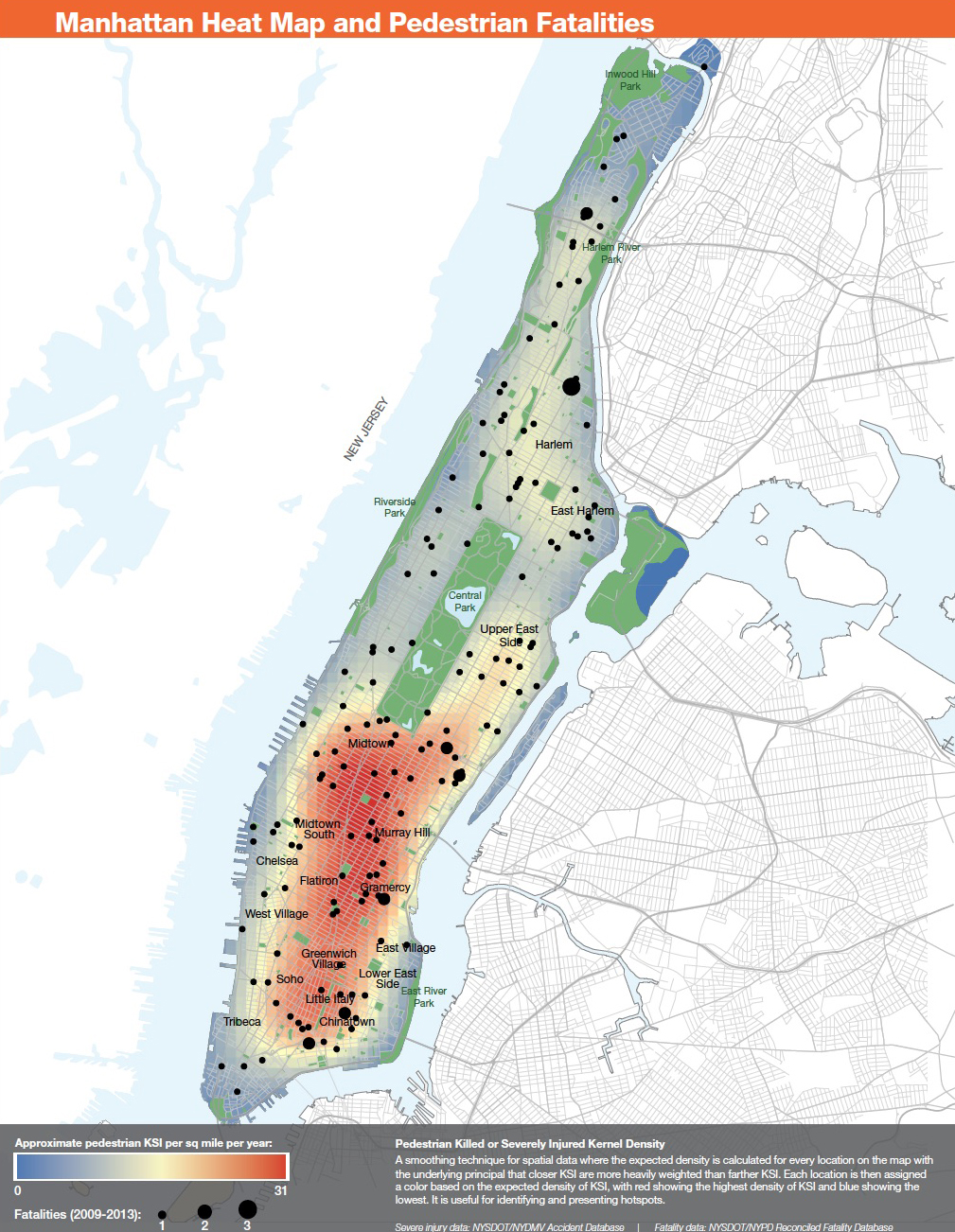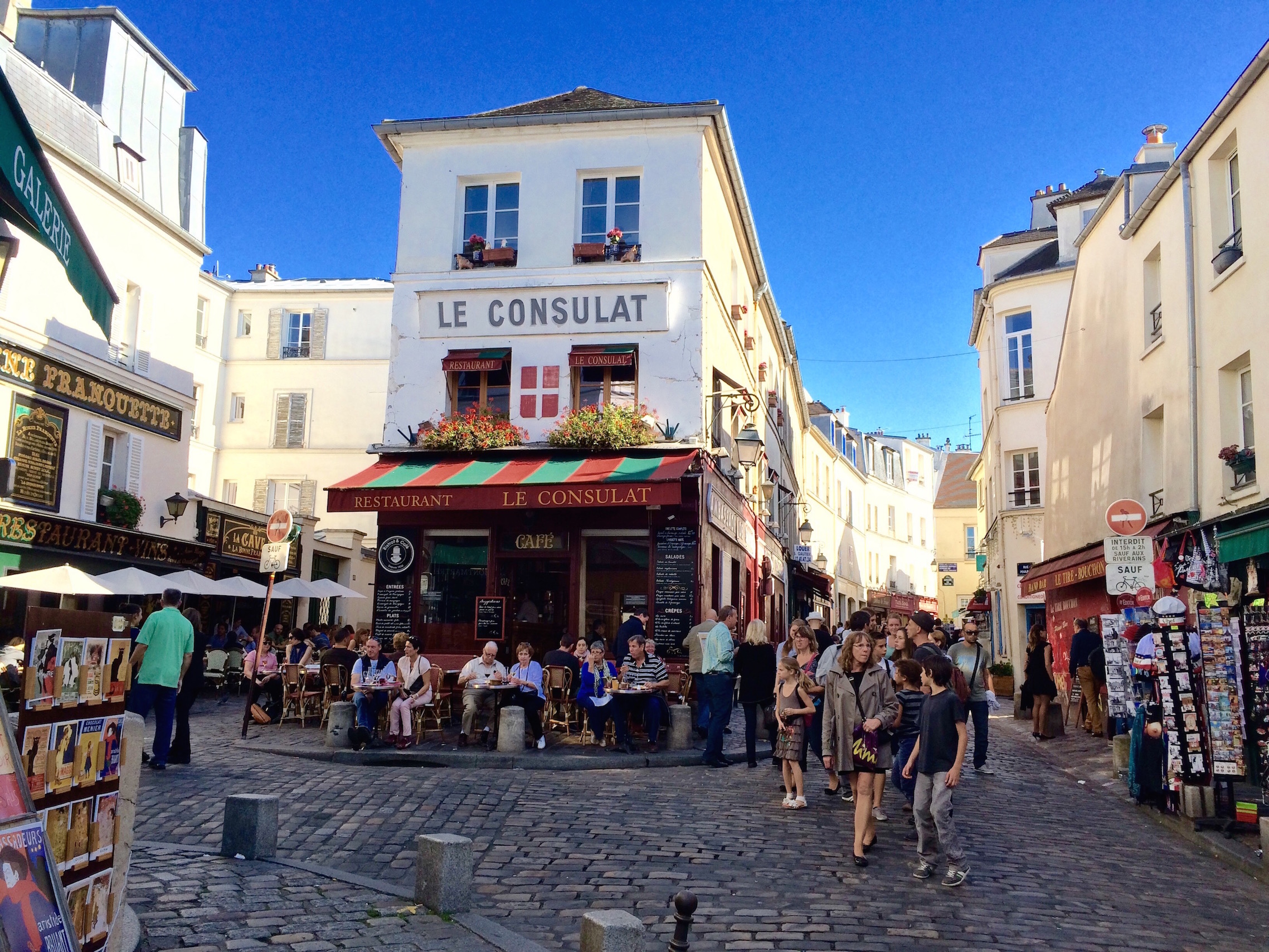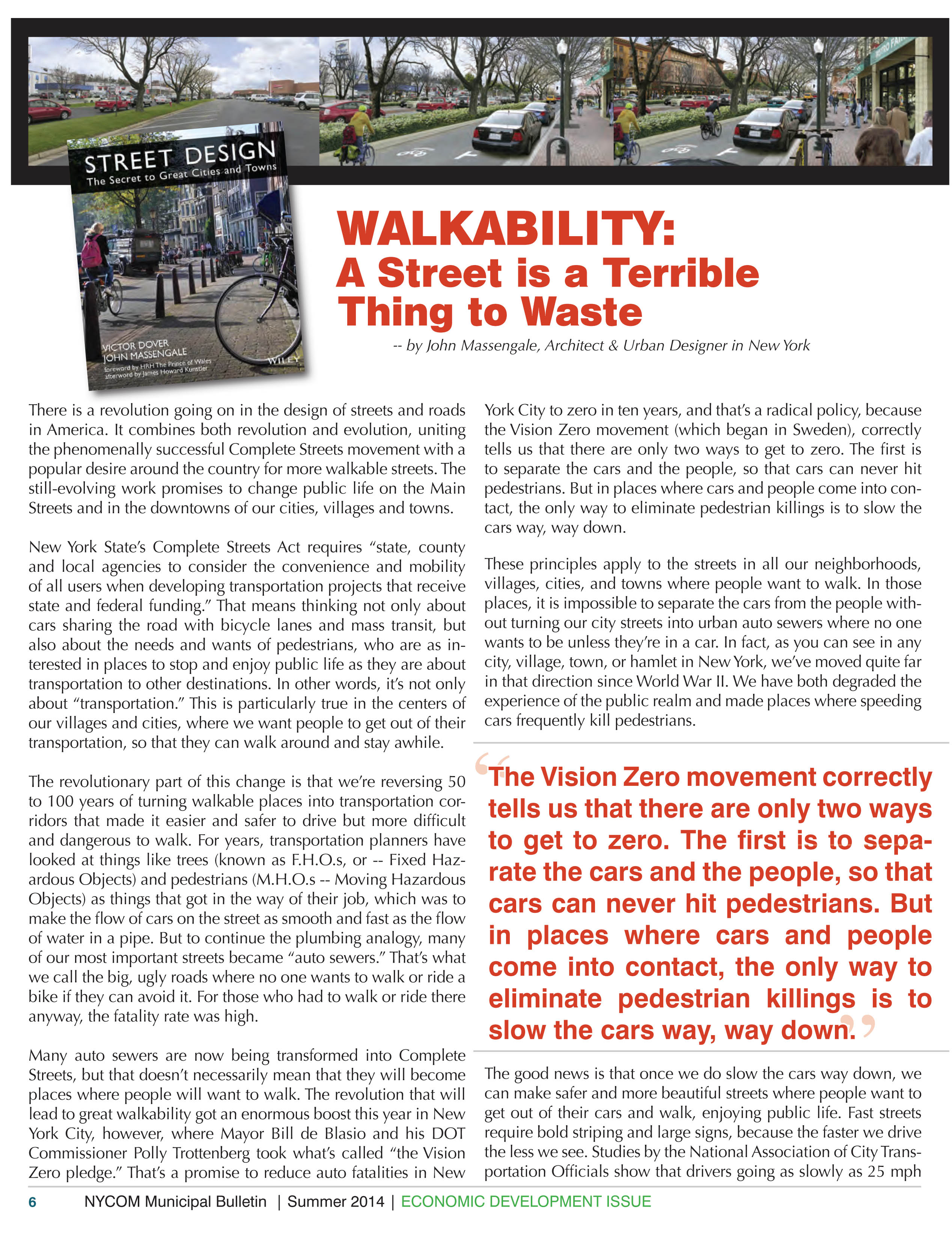
The Boulevard St. Germain on the Left Bank of Paris in 2011. One of the fabled streets of Bohemian Paris, today it is a street that many pedestrians flee.
“All the great cities and towns are congested” is an urbanist trope that needs to be retired. It comes, I believe, from arguing against traffic engineers when they talk about
Level of Service rather than observing the best places.
I was in London the day their Congestion Zone started. I was staying in a hotel on High Holborn, a major through street that continues Oxford Street (or vice versa, depending on where you’re coming from). The Central Line on the London Underground was undergoing repairs and wasn’t operating.
The day before the congestion zone started, Oxford Street and High Holborn were jammed even more than usual with buses, taxis, trucks, and cars. You could walk any distance long or short in either direction from Oxford Circus or Tottenham Court Road and know that walking would be faster than taking a bus. They were traveling along stuck nose to tail in traffic. The problem was the speed the buses were going, not time spent waiting for a bus.
That day traffic flowed like water in an oversized pipe. It was so pleasant, and such a pleasant contrast to the day before. It was the way cities should be. You could walk without being buffeted by noise and diesel smell, and you didn’t have to wait at every crossing for traffic to pass by.

The High Street in Marlborough, a country market town in Wiltshire, England. In the last 10 years, many British roads have been overwhelmed by an enormous increase in traffic.
Continue reading →








